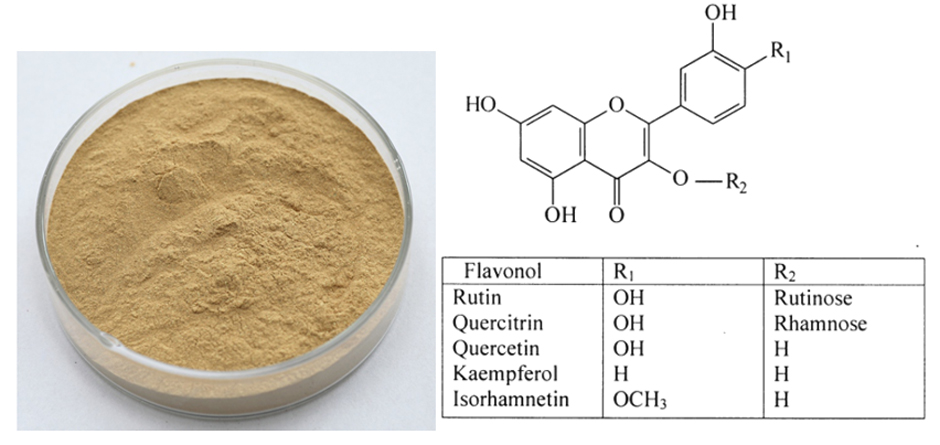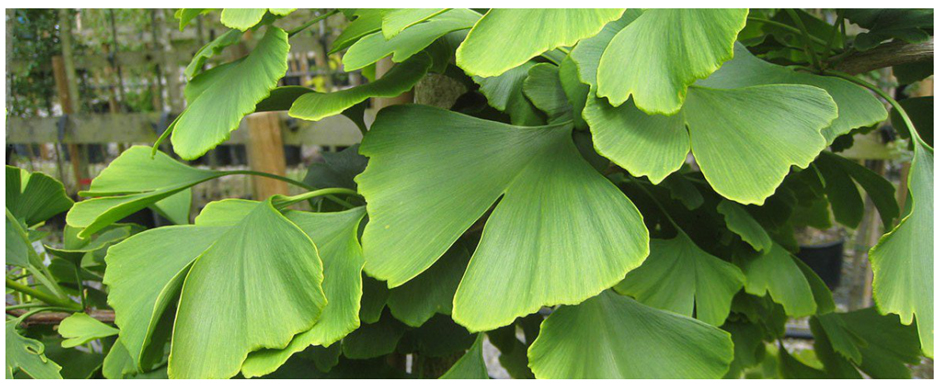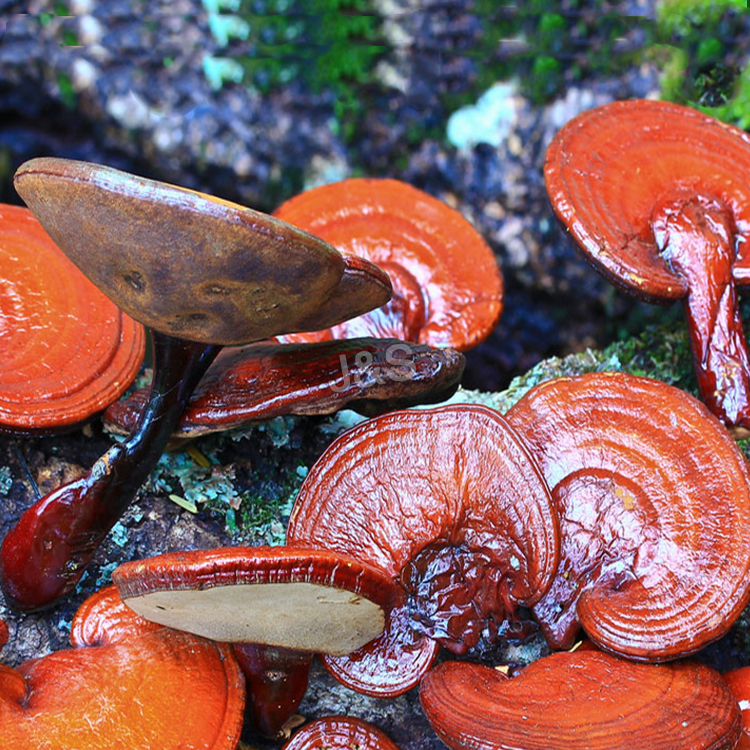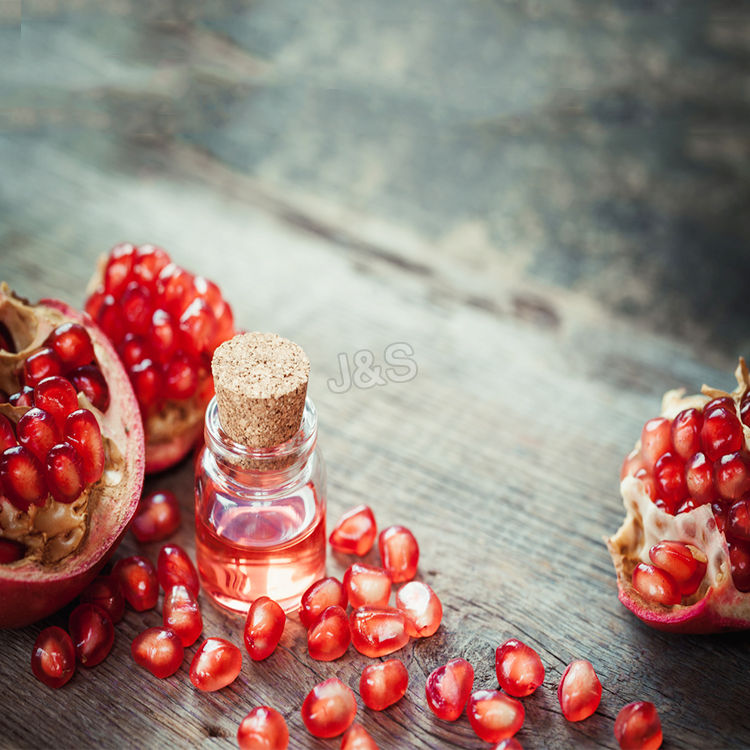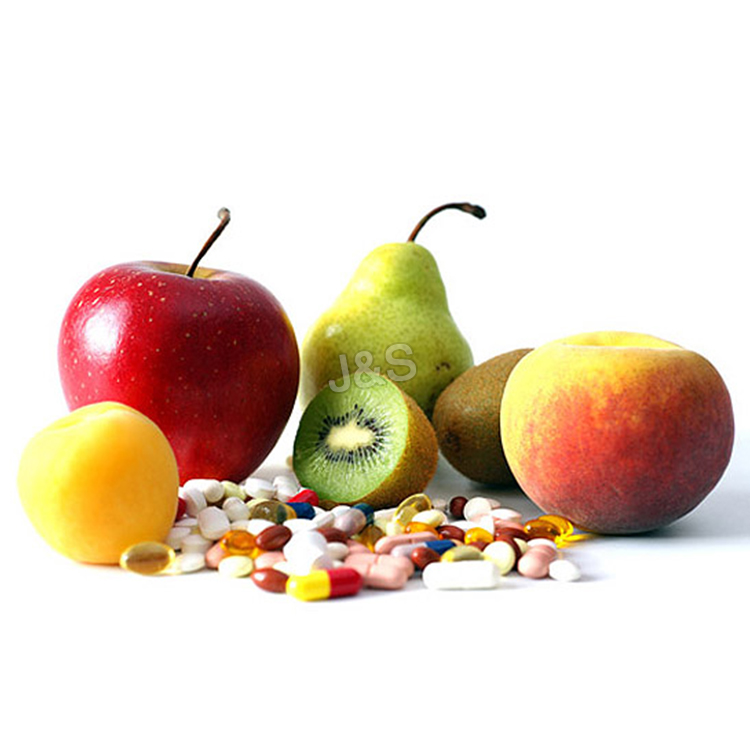2016 Latest Design Ginkgo Biloba Extract Factory for Madras
2016 Latest Design Ginkgo Biloba Extract Factory for Madras Detail:
[Latin Name] Cinnamomun camphcra
[Plant Source] It is extracted from Ginkgo Biloba Leaf.
[Specifications]
1, Ginkgo Biloba Extract 24/6
Total Ginkgo flavone glycosides 24%
Total terpene lactones 6%
2, Ginkgo Biloba Extract 24/6
Total Ginkgo flavone glycosides 24%
Total terpene lactones 6%
Ginkgolic acid 5ppm
3,CP2005
Total Ginkgo flavone glycosides 24%
Quercatin: kaemperol 0.8–1.5
Total terpene lactones 6%
Ginkgolic acid <5ppm
4.Germany Standard
Total Ginkgo Flavone Glycosides 22.0%-27%
Total Terpene Lactones 5.0%-7.0%
Bilobalides 2.6%-3.2%
Ginkgolic acid <1ppm
5.Water-Soluble Ginkgo Biloba Extract 24/6
Water Solubility: 5g Ginkgo Biloba Extract will be dissolved completely in 100g water
Total Ginkgo Flavone Glycosides 24.0%
Total Terpene Lactones 6.0%
Ginkgolic acid <5.0ppm
[Appearance] Light yellow fine powder
[Particle size] 80 Mesh
[Loss on drying] £ 5.0%
[Heavy Metal] £10PPM
[Extract solvents] Ethanol
[Storage] Store in cool & dry area, keep away from the direct light and heat.
[Package] Packed in paper-drums and two plastic-bags inside.
[Function]
Expanding blood vessel, resisting insufficient blood and oxygen deficit, increasing blood flow, improving cerebral arteries and distal
blood flow. Promoting cerebral circulation metabolism, improving memory function, resisting depression, resisting lipidic overoxidation,
protecting liver damage.
In clinic, curing high blood pressure, hyperlipoidemia, coronary heart disease, angina pectoris, arterial sclerosis, cerebral embolism,
senile dementia, primary and periodic dropsy, acute drumming in the ears, epicophosis, a variety of body function in disorder, dizziness
and so on.
Product detail pictures:

Related Product Guide:
Our concentrate on should be to consolidate and enhance the quality and service of present products, meanwhile consistently produce new products to meet unique customers' demands for 2016 Latest Design Ginkgo Biloba Extract Factory for Madras , The product will supply to all over the world, such as: Iraq, Australia, Honduras, We adopt advanced production equipment and technology, and perfect testing equipment and methods to ensure our product quality. With our high-level talents, scientific management, excellent teams, and attentive service, our merchandise are favored by domestic and foreign customers. With your support, we'll build a better tomorrow!
Biochemistry lecture about Overview of glucose metabolism.
https://shomusbiology.weebly.com/
Download the study materials here-
https://shomusbiology.weebly.com/bio-materials.html
Carbohydrate metabolism denotes the various biochemical processes responsible for the formation, breakdown and interconversion of carbohydrates in living organisms.
The most important carbohydrate is glucose, a simple sugar (monosaccharide) that is metabolized by nearly all known organisms. Glucose and other carbohydrates are part of a wide variety of metabolic pathways across species: plants synthesize carbohydrates from carbon dioxide and water by photosynthesis storing the absorbed energy internally, often in the form of starch or lipids. Plant components are consumed by animals and fungi, and used as fuel for cellular respiration. Oxidation of one gram of carbohydrate yields approximately 4 kcal of energy and from lipids about 9 kcal. Energy obtained from metabolism (e.g. oxidation of glucose) is usually stored temporarily within cells in the form of ATP. Organisms capable of aerobic respiration metabolize glucose and oxygen to release energy with carbon dioxide and water as byproducts.
Carbohydrates can be chemically divided into complex and simple.[1] Simple carbohydrates consist of single or double sugar units (monosaccharides and disaccharides, respectively). Sucrose or table sugar (a disaccharide) is a common example of a simple carbohydrate. Complex carbohydrates contain three or more sugar units linked in a chain. They are digested by enzymes to release the simple sugars. Starch, for example, is a polymer of glucose units and is typically broken down to glucose. Simple and complex carbohydrates are digested at similar rates, so the distinction is not very useful for distinguishing nutritional quality.[1] Cellulose is also a polymer of glucose but it cannot be digested by most organisms. Some bacteria that produce enzymes for cellulose live inside the gut of some mammals such as cows, and when cows eat plants, the cellulose is broken down by the bacteria and some of it is released into the gut.
Carbohydrates are a superior short-term fuel for organisms because they are simpler to metabolize than fats or those amino acids (components of proteins) that can be used for fuel. In animals, the most important carbohydrate is glucose. The concentration of glucose in the blood is used as the main control for the central metabolic hormone, insulin. Starch, and cellulose in a few organisms (e.g., some animals (such as termites[2]) and some microorganisms (such as protists and bacteria), both being glucose polymers, are disassembled during digestion and absorbed as glucose. Some simple carbohydrates have their own enzymatic oxidation pathways, as do only a few of the more complex carbohydrates. The disaccharide lactose, for instance, requires the enzyme lactase to be broken into its monosaccharides components; many animals lack this enzyme in adulthood.
Carbohydrates are typically stored as long polymers of glucose molecules with glycosidic bonds for structural support (e.g. chitin, cellulose) or for energy storage (e.g. glycogen, starch). However, the strong affinity of most carbohydrates for water makes storage of large quantities of carbohydrates inefficient due to the large molecular weight of the solvated water-carbohydrate complex. In most organisms, excess carbohydrates are regularly catabolised to form acetyl-CoA, which is a feed stock for the fatty acid synthesis pathway; fatty acids, triglycerides, and other lipids are commonly used for long-term energy storage. The hydrophobic character of lipids makes them a much more compact form of energy storage than hydrophilic carbohydrates. However, animals, including humans, lack the necessary enzymatic machinery and so do not synthesize glucose from lipids, though glycerol can be converted to glucose.[3]
All carbohydrates share a general formula of approximately CnH2nOn; glucose is C6H12O6. Monosaccharides may be chemically bonded together to form disaccharides such as sucrose and longer polysaccharides such as starch and cellulose. Source of the article published in description is Wikipedia. I am sharing their material. © by original content developers of Wikipedia.
Link- https://en.wikipedia.org/wiki/Main_Page
SMS Center:0812875238 – PIN:53BC43E7 Tingkatkan Kesuburan dengan Royal Jelly
https://goo.gl/fLOhIB
https://www.jual-vitamin.com/lyophilized-royal-jelly/
The quality of the products is very good, especially in the details, can be seen that the company work actively to satisfy customer's interest, a nice supplier.
